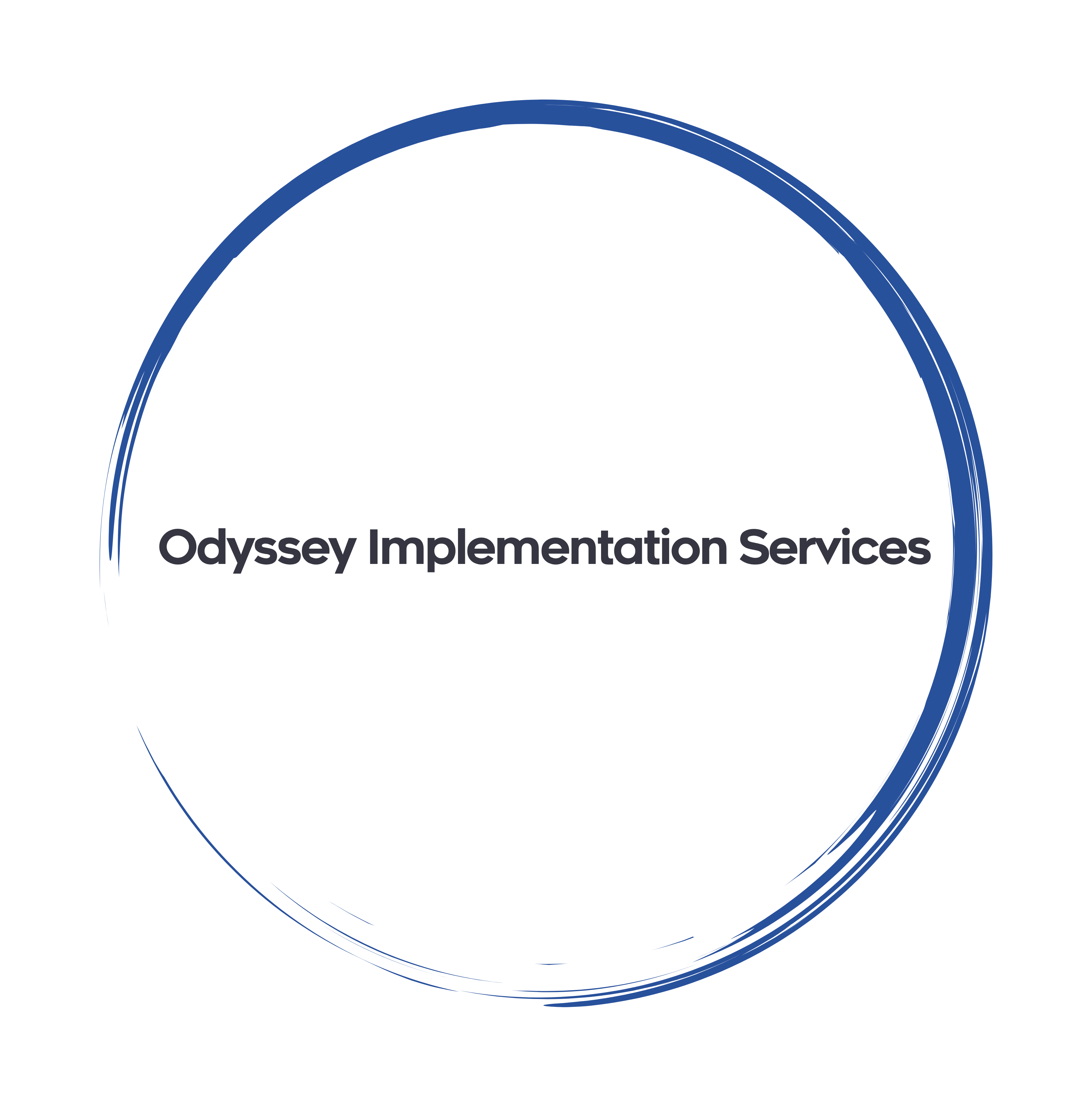In the global business landscape, managing multiple currencies is a fundamental aspect of conducting transactions and reporting financial data accurately. Salesforce provides robust tools and features to facilitate currency management within the platform, ensuring consistency, accuracy, and compliance with international accounting standards. In this guide, we’ll explore best practices and strategies for effectively managing currencies in Salesforce.
Understanding Multi-Currency in Salesforce Salesforce’s multi-currency functionality allows organizations to conduct business in multiple currencies, enabling sales, service, and financial operations to operate seamlessly across different regions and markets. With multi-currency enabled, Salesforce automatically converts currency values based on predefined exchange rates, ensuring consistency and accuracy in reporting and forecasting.
Key Components of Currency Management
- Enable Multi-Currency: To enable multi-currency in Salesforce, navigate to Setup > Company Settings and enable the multi-currency feature. Once enabled, select the active currencies that your organization conducts business in.
- Set Organization Currency: Define the organization’s default currency, which is used for reporting and forecasting purposes. The organization currency serves as the base currency for all transactions and is used as the reference point for currency conversion.
- Configure Currency Exchange Rates: Salesforce allows administrators to manually enter exchange rates or integrate with external sources to automatically update rates. Define conversion rates between different currencies to ensure accurate conversion of currency values in transactions and reports.
- Manage Currency Fields: Customize Salesforce objects to include currency fields where applicable, such as opportunities, quotes, orders, and invoices. Currency fields automatically display values in the user’s selected currency, with options to view values in the record’s currency or the organization’s currency.
Best Practices for Currency Management
- Consistent Data Entry: Ensure consistent data entry practices across users to prevent errors in currency conversion and reporting. Provide training and guidelines on selecting the appropriate currency for transactions and recording currency values accurately.
- Regular Exchange Rate Updates: Monitor exchange rates regularly and update them in Salesforce to reflect current market rates. Consider integrating with external sources or using automated tools to streamline the rate update process and minimize manual effort.
- Data Validation and Quality Checks: Implement validation rules and data quality checks to enforce consistency and accuracy in currency-related fields. Validate currency values against predefined ranges or thresholds to identify anomalies or discrepancies.
- Audit and Reconciliation: Periodically audit currency-related data and transactions to ensure accuracy and integrity. Reconcile currency conversion records with external financial systems or reports to verify consistency and compliance with accounting standards.
Advanced Currency Management Features
- Advanced Currency Management: Salesforce offers Advanced Currency Management (ACM) for organizations that require additional control and reporting capabilities for managing multiple currencies. ACM provides features such as dated exchange rates, historical reporting, and support for complex currency scenarios.
- Currency Adjustments: Salesforce allows users to manually adjust currency values for specific transactions or records, enabling organizations to account for currency fluctuations, exchange rate variations, or accounting adjustments.
By implementing these best practices and leveraging Salesforce’s currency management features, organizations can effectively manage multiple currencies, ensure accuracy in financial reporting, and conduct business seamlessly across global markets. Currency management in Salesforce serves as a foundational element of international business operations, empowering organizations to drive growth, maintain compliance, and achieve success in the global economy.
